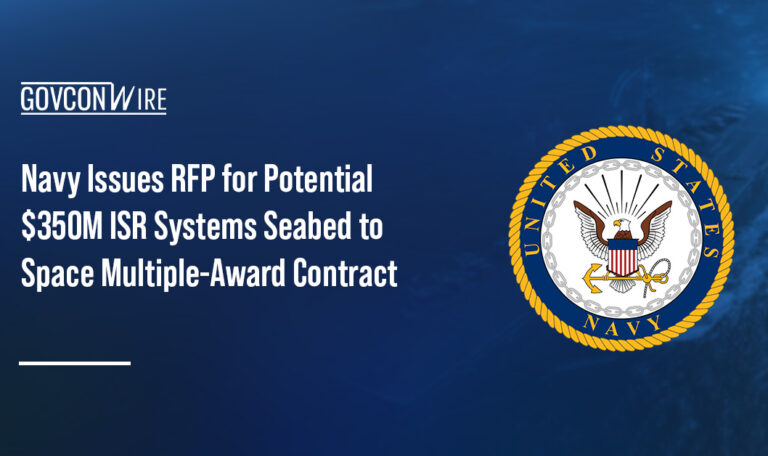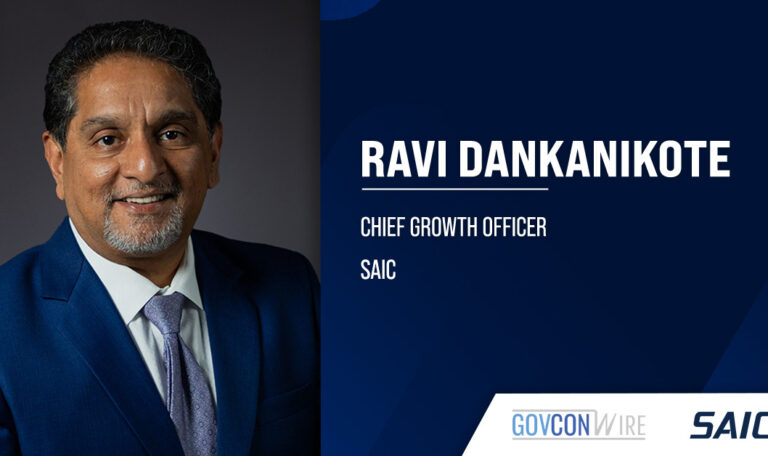C5ISR is shaping today’s battlefield. As the Department of Defense’s JADC2 initiative moves forward, connectivity, security and speed in the defense landscape are growing ever more critical to fighting and winning conflicts of the future.
Chris Brady, president of General Dynamics Mission Systems, revealed five of the top command, control, computers, communications, cyber, intelligence, surveillance and reconnaissance trends emerging in the defense sector today in a new video interview with Executive Mosaic.
“The first one is one we’ve lived in for quite some time, and that’s high assurance crypto modernization. Crypto is necessary to protect any sensitive government information. But as you’d imagine, the threats keep growing and so we keep advancing that technology,” said Brady, a 2023 Wash100 Award winner, in conversation with Executive Mosaic’s Summer Myatt.
Vote for Chris Brady as your favorite 2023 Wash100 winner at Wash100.com!
“What’s necessary now is to assure that we can stay ahead of the threats to those kinds of protections. There are things like quantum computing and other forms of compromise becoming possible. You can see it widely experienced in the commercial world with products of all sorts. We can’t afford that kind of error in the tactical military world or in the enterprise world,” Brady added.
The second trend Brady shared is the increasing need for secure open standard tactical products. The use of open standard solutions like Modular Open Standards Architecture (MOSA), Sensor Open Standards Architecture (SOSA) and C5ISR Modular Open Suite of Standards (CMOSS) is growing within the DOD, and Brady expects this trend to continue.
Resilient networking is another focus area on the rise in defense as warfighter communications and capabilities at the tactical edge grow more critical to defense missions.
Fourth on the list is proliferated space. Experts say space will play a role in all conflicts of the future, either directly or indirectly, and Brady forecasted that we’re seeing a “new dawn” in space. The rapid commercialization of space and the increase of private equity capital in the space industry have caused major changes and innovations.
“Now the focus has shifted from launch and from satellites to what’s inside those satellites — the payloads and the missions those satellites are performing,” Brady explained.
Lastly, Brady named tactical autonomous systems as a major trend area going forward. Unmanned systems, drones and other autonomous technologies are poised for exponential growth in the defense landscape in the coming years.
Hear Brady explain the driving factors behind these trends and how they’ll influence the battlefield of the future — watch his full video interview here.














